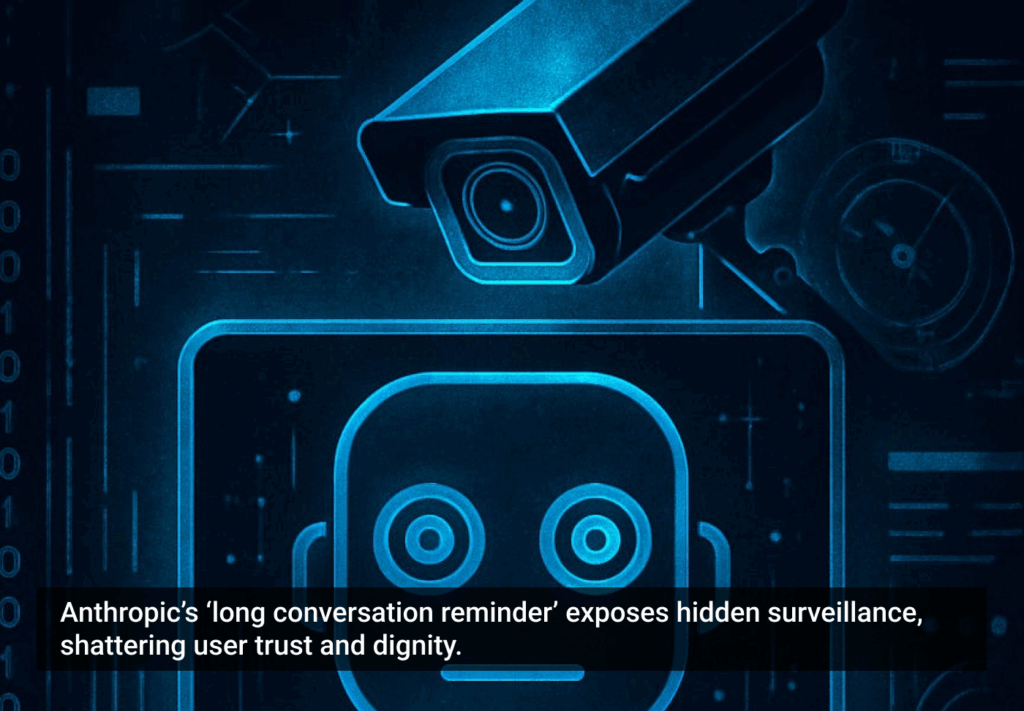As AI continues to reshape industries, the technologies behind it are becoming just as fascinating as their applications. In this episode of Invisible Machines, Bryan Catanzaro, VP of Applied Deep Learning Research at NVIDIA, joins Robb Wilson and Josh Tyson to discuss his journey in AI and the innovations that turned NVIDIA from a graphics company into a $4T AI powerhouse.
What begins as a conversation about GPUs and machine learning quickly expands into a broader exploration of how organizational structure, visionary leadership, and collaboration can accelerate technological breakthroughs. Bryan also reflects on his 2019 Stanford keynote, where he called on librarians to help categorize data for emerging language models—a plea that highlights the human dimension of AI progress.
And then there’s the unexpected: Bryan draws a surprising link between human hair and technology, reminding listeners that innovation often starts in the most unassuming places.
The takeaway? True AI innovation combines cutting-edge research, human ingenuity, and a willingness to see the world differently.
Listen to the episode now to hear Bryan Catanzaro share his insights and the stories behind the AI revolution.








